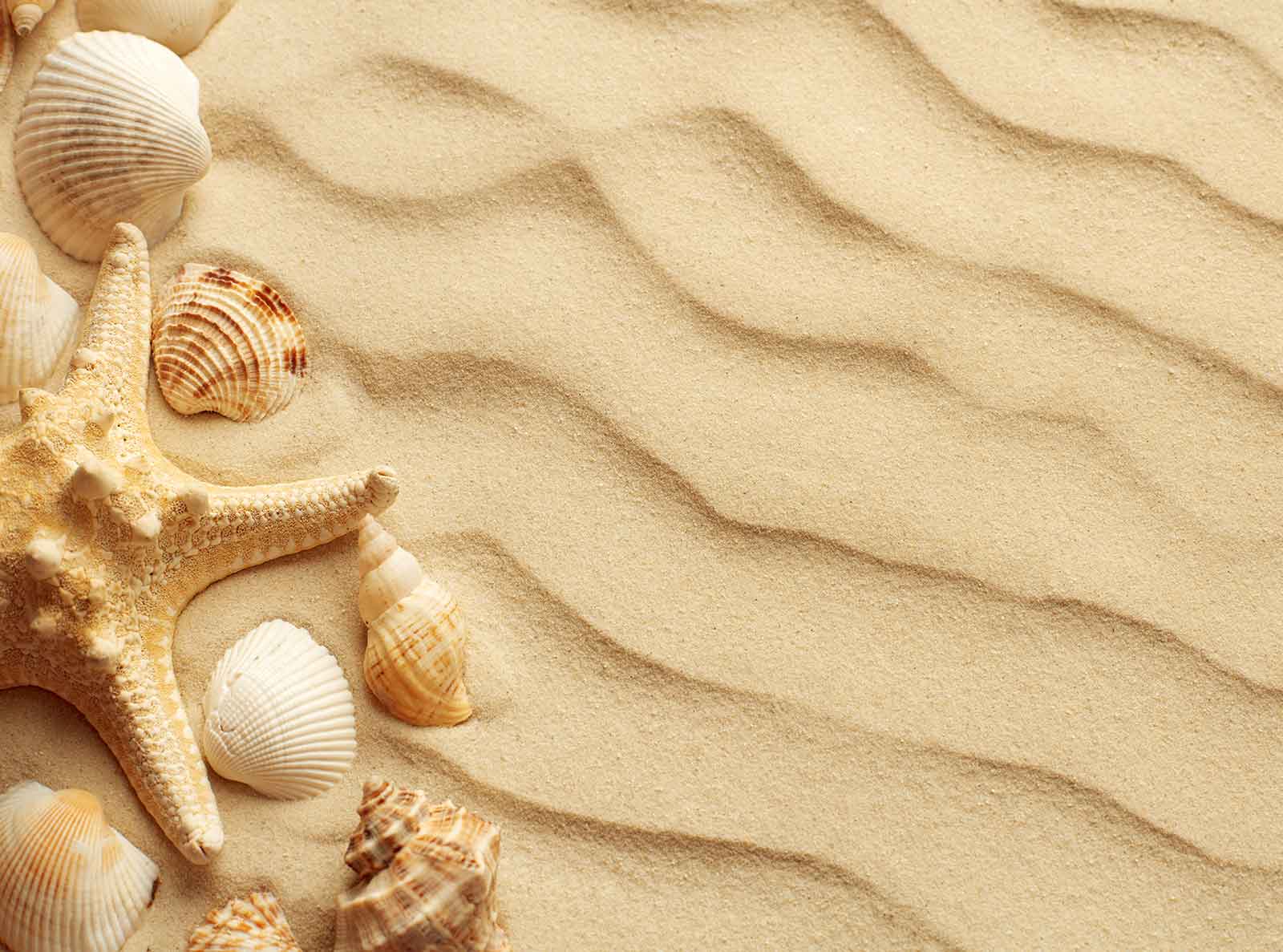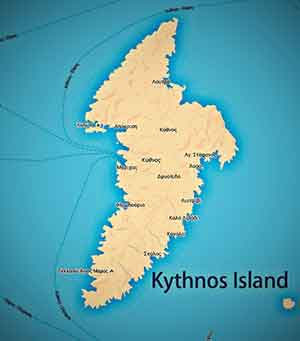Dryopida is the most important settlement of Kythnos. With a population of 325 inhabitants (2011) it is also the third largest community of Kythnos. In recent years it has shown a tendency toward depopulation. As of the 2001 census the population stood at 517 inhabitants, in 1991 it dropped to 591 while in 1981 it had 818 inhabitants.
The Village - Dryopida is the only island that is not visible from the sea. Located in a sheltered location between two hills that protect it from the winds at an average altitude of 146 meters. It is just 7 km from the port of Merichas and 8 km from Messaria (the Chora of Kithnos).
Dryopida is located right in the center of the island in a particularly favorable position because from here, one start excursions in all directions of the island. Most importantly, Dryopida is the crossroad where the roads start to Kanala, Flampouria, Agios Dimitrios and any area of Southern Kythnos.
Dryopida was formerly called Village and now bears the same name as the ancient settlement of "Dryopis". This happened in the years of the reign of the Bavarian king Otto who decided to change the name in honor of the ancient Dryopon tribe. Today it is also often called Village and several Thermiotes between them also call it with the name of Syllaka. The modern community is formed mainly of refugees from Crete who arrived there somewhere in the 19th century.
Architecturally, Dryopida is particularly interesting because although it is a traditional Cycladic village, the buildings divert from the Cycladic architecture. Two storey buildings with tile, comprise most of the village and create a separate and unique picture of the Cyclades. Some argue that the inhabitants of the village had a leaning toward the arts of ceramics and therefore used them widely on their homes. Due to the above, Dryopida has for some years now been officially declared a Traditional Settlement. The walk through the narrow streets will surely fascinate you.
The main attraction of Dryopida is certainly the cave named "Katafyki". It is located in the village and is the largest cave of the Cyclades and one of the largest caves in Greece. It features beautiful stalactites and stalagmites although much has been destroyed in the past as it was also a mine and much ore transportation took place. The cave served as a refuge for the persecuted during the Turkish occupation and also during the German occupation.
At Dryopida it is also worth your while to see the Byzantine Museum housed in the church of St. George which is home to numerous Byzantine icons and also the Folklore Museum with objects, clothes and tools of previous generations. Finally there is the Agromouseio with exhibits of old agricultural tools.Other attractions are the Monument to the Fallen, the old windmills (a hill outside the village) and the churches of Saint Minas with wonderful wood carvings, Saint Nektarios, St. Anne, Taxiarches, St. John the Baptist and the small chapel St. Athanasios outside the village and to the east of it.
As it is a large village, it has all the necessary amenities a visitor needs. Cafes, bakery, restaurant, patisserie and 2 small super markets can cater to your needs over the whole summer period. You will also find shops with decorations, pottery and souvenirs.
In Dryopida various events are organized annually with most important being the celebrations leading up to Ash Monday and The Coming of May. The festivals are fast becoming a great feast gathering of all the people of Syllaka.
The nearest beaches to the settlement are the Lefkes beach and Liotrivi beach on the east coast of Kythnos. The time required to get there by vehicle varies from 10 minutes to 20 minutes.
join.booking.com


























